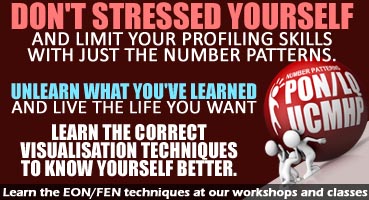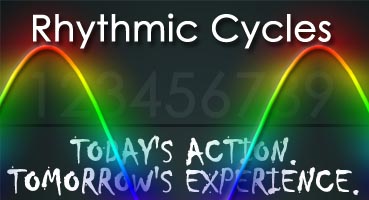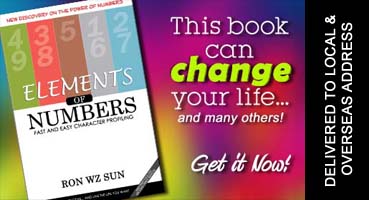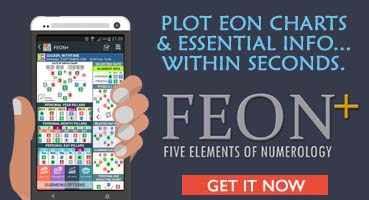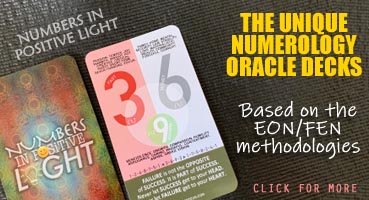Using EON for Staff Hires
“I am a business owner and does hiring. Can you give pointers on which individual to hire?,” asked Adele. “Should I combine my DOB, new applicants DOB and Office date of incorporation? What number should I look for to avoid hiring the wrong people? Big headache on hiring, no one last long especially salespeople.”
That’s an interesting set of questions which technically, does not have definite answers as human minds and career goals change often. Even a ‘long-service, loyal big boss’ can tender their resignation tomorrow and become a competitor. Even a trusty financial director can be sacked tomorrow and sued for embezzlement. Getting 100% commitment and dedication from a salesperson is not easy when they’ve more than one job concurrently to support the family.
“Big headache on hiring, no one last long especially salespeople.” High commissions are the greatest motivation to inspire a salesperson to perform their best for the company. Besides the monetary rewards, staff benefits, skill upgrading, and career advancement are also part of the motivating techniques to ‘uphold’ staff loyalty. We have also seen salespeople leaving the company regardless of the ‘exceptional benefits and rewards’ they gets to enjoy if they continue to work for the company. When a person tender their resignation letter to leave the company, it’s not always about money.
I’ve shared five contributing reasons that spurred a person to leave the company at previous EON WORKSHOP sessions. Once the HR can identify the reason, they can then work on the areas to reduce staff demoralisation.
We can use the incorporation date of a company to plot a chart and identify the ‘vibes’ of the company. The chart allows us to identify tendency signs of the energies that could influence the company in general. Adele can use her DOB (Date of Birth) with the Company’s incorporated date (Company’s DOB) to form a Combined Chart and look at the combined ‘Personal Year’ chart. The company’s financial status is determined by decisions and actions from management. Adele can check the combined ‘Personal Year’ chart to identify the types of vibes the company could be facing with her at the helm. Similarly, Adele can check her own ‘Personal Year’ vibes on the influencing energies that may affect her on a personal level.
“Should I combine my DOB, new applicants DOB and Office date of incorporation?” It is possible, in theory, to combine birth charts of company, bosses, and employees to ‘ensure’ a healthy and positive work environment for all, and to keep a work-life balance for the staff. In reality, it’s hard. It’d be time-consuming for Adele to do a ‘compatibility match’ with each of her employees, and table their compatibility matrix with other colleagues. But it can be done. The result – detailed ‘staff compatibility mind-map’ diagram of the company. That’s great, isn’t it? Oh, by the way, Adele also need to draft out the YEARLY mind maps for all staff since the Personal Year energies do influence individual employee periodically. That’s too much work, isn’t it?!! It’s not practical, productive, and cost-effective especially when the company employs many staff!
For Adele, combining the company’s DOB with her DOB should do when looking at the company’s health. On employee level, she can identify tendency signs that could manifest the energies to match the particular role. In short, it’s all about staff optimisation.
What number should I look for to avoid hiring the wrong people? It’s not enough to assume that we can easily judge a person by their Root number and match that to their job scope, and Voila, they will become our best loyal workers… forever! Every number is suitable for different jobs and career types. A typical salesperson must be good at persuasive communications. Usually, a person with Root number 2 or 7 is ideal for sales line. That doesn’t mean people with other Root numbers (like 1, 3, 4, 5, 6, 8, or 9) cannot be good salesperson. We need to identify the product to sell. A good interior designer well-versed in planning and design can sell an idea better to a customer than a salesperson who knows the product but cannot offer tweaked, flexible solutions to meet customer’ needs. With the changing demands of customers’ expectations and increasing product knowledge, a salesperson cannot sell a product through simple ‘sales talk’. Today, a salesperson has to multitask and double up as ‘solutions provider’ to close the deal.
Identifying the product to sell is important before we do a job-fit matching of a person’s Root number for ideal staff performance. Next, we also need to profile the life path for the next few years of a person to see if we can identify sustainable, if not, positive traits the person can add value to the company. Besides all these tangible actions, the company has to assign resources for benefits and rewards to entice loyalty among staff. Your best salesperson can be your worst competitor unless you can ‘convince’ them to work for you on a win-win deal.
It’s easy to plot the life path of a person and identify the tendency signs. It’s even easier with the EON software as the plotting takes only a few seconds and you can spend more time analysing rather than figuring what to plot through manual pen-and-paper method.
There are many areas to look when performing staff optimisation review. What I’ve mentioned above is just a few areas to get Adele started.
Regards, Ron WZ Sun




